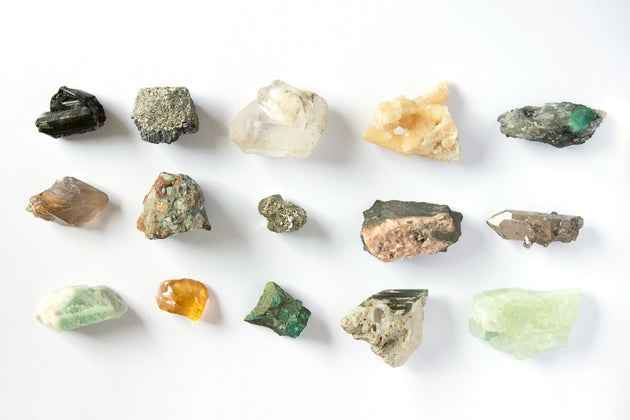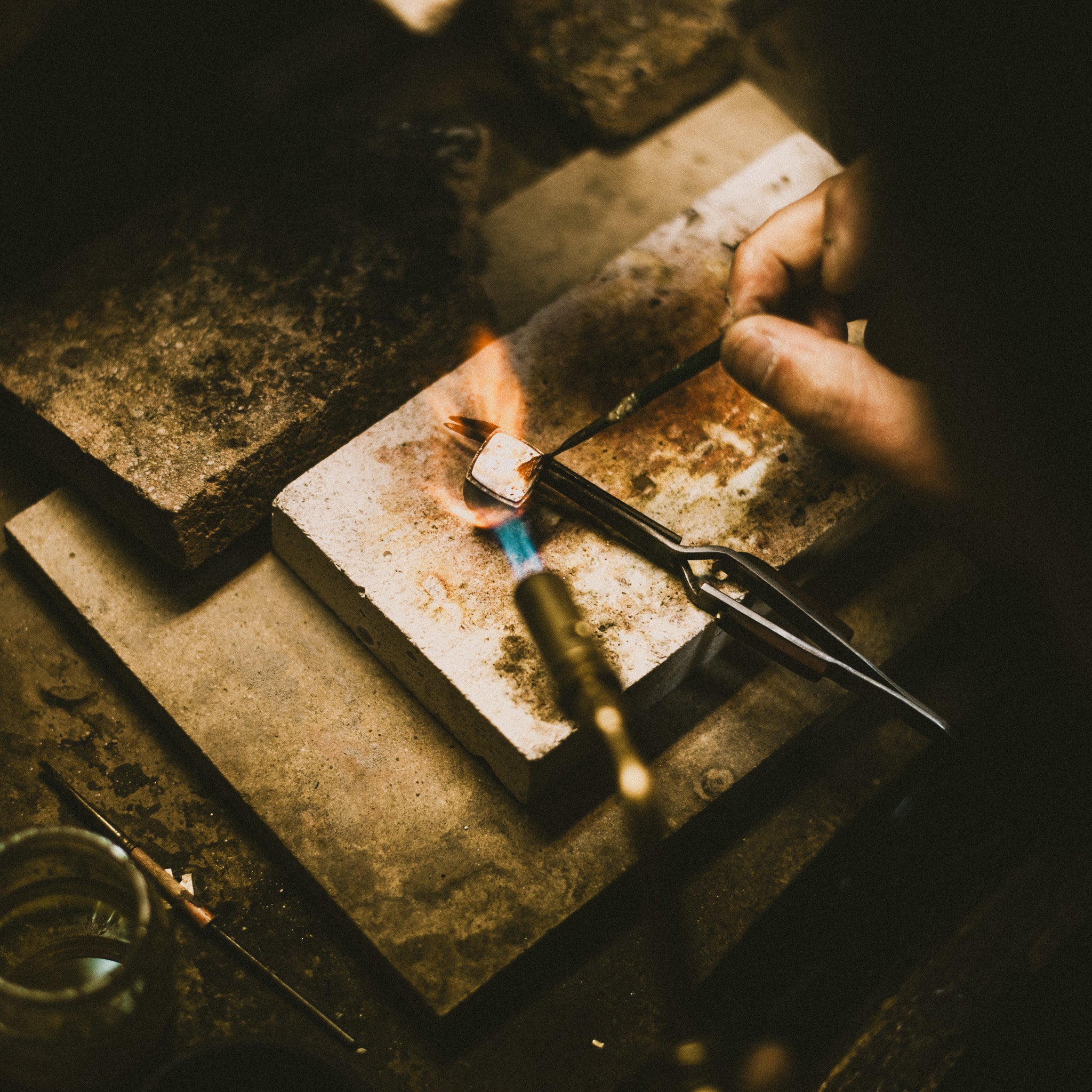1 in 2 French people would prefer a product made in France.The "made in France" labelis increasingly used in marketing communications. But behind these simple terms lies a panoply of interpretations that do not reflect reality. So where's thetruth when it comes to fashion made in France?
We've found that it's difficult for many people to understand what they'rebuying, and to really know what they're buying when they choose a French product. And the fashion world is no exception!
Before being a company, we're consumers like everyone else, and we've had these same hesitations. Interpreting these terms is not easy. That's why we thought it important to go over a few basics to help you sharpen your eye.
Our aim is neither to praise Made in France, nor to condemn fashion items from other countries, but to share with you the information we have at our level. This will give you the information you need to makeinformed choices.
Made in France: legislation that's too permissive, vague and open to interpretation
Made in France" labelling
While it is compulsory to indicate the origin of food products, origin marking is optional for all other types of product, such as clothing, jewelry and other fashion accessories.
If a company decides to do so, for it to be legal, the product mentioning "Made in France" must comply with the rules laid down by the DGDDI (Direction Générale des Douanes et Droits Indirects). It must
- display a different customs code from that of its non-French raw materials and components;
- respect a maximum threshold for the value of its non-French raw materials and components in relation to its price;
- have undergone certain processing operations in France using non-French raw materials and components.
Sorry, it's not very easy to read. Legal terms rarely are...
But the vagueness surrounding these criteria leads to a variety of interpretations, and abuses of language are not uncommon.
A label stating "made in France" can encompass many things, and should not be taken at face value. For example, pants made in France from Chinese textiles are considered to be of French origin. It's essential to look further afield if you want to know the full story behind a product.
The DGCCRF (Direction Générale de la Concurrence, de la Consommation et de la Répression des Fraudes) also carries out controls in France at the marketing stage. This consists in punishing infringements.
However, inspections are rare, and there are still some vague areas in these rules that leave companies a great deal of latitude. For example, it is common to find a "Made in France" label on a product that has only undergone its last substantial transformation in France.
The "Made in France" label
Private organizations have created labels validating French manufacturing. To be awarded one of these labels, you need to comply with very precise specifications, which are much stricter than those laid down by the DGDDI. A second verification by another independent institution guarantees double neutrality.
These labels include, among others:
- EPV (Entreprise du Patrimoine Vivant), a guarantee of long-standing craftsmanship and industrial excellence.
- France Terre Textile, which guarantees that at least 75% of manufacturing is carried out in France.
There are also certifications: the Indication Géographique, for example, certifies a quality linked to geographical origin, as is the case with Limoges porcelain.
Sources :
- https://www.economie.gouv.fr/particuliers/produit-made-in-france
- https://www.economie.gouv.fr/cedef/fabrique-en-france
French-washing versus good intentions in fashion
Do you know the difference between an article made in France, designed in France, assembled in France and packaged in France? We'll decipher these subtleties with you a little further on, but first of all, realizing that these labels don't mean the same thing is already a giant step forward.
Given how easy it is to drown in all these words and misunderstand them, some brands use and abuse them in their communications to make people believe in a false reality. Fortunately, however, there are others who strive for greater transparency.
As a jewelry and clothing retailer ourselves, we're saddened to see that the use of ambiguous marketing terms is confusing and confusing to those interested in responsible fashion.
Of course, we're aware that it's not easy for a company to display on a simple label the origin of a scarf or T-shirt when several countries are involved in the production chain.
It also happens that for the same brand, some items are made in France and others not. In such cases, general communication about French manufacturing can be misleading.
But as a professional, no matter how difficult it may be to implement, it's our duty to work on our transparency to keep our customers as well-informed as possible.
The truth about made-in-France fashion: distinguishing the real from the fake
At a time when the French are increasingly choosing to buy products labelled "made in France", we felt it important to give you some pointers on how to distinguish the real from the fake.
In fact, in people's minds, "made in France" rhymes with quality, local know-how, respect for workers' rights, eco-responsibility, increased French employment... So, for some, it's a guarantee of quality, for others an eco-friendly gesture, or a militant act of economic patriotism. Given the stakes involved in the eyes of the French, this denomination needs to be well understood if we are to be sure of what we are consuming.
To avoid relying solely on rhetoric, here's how to find your way around...
Deciphering labels
Deciphering the terms used is not that complicated. As we've seen, there's a difference between a product stamped "conditionné en France" and "fabriqué en France".
So here's aquick translation guide to help you understand what the various labelsyou'll find on clothes and other fashion itemsmean:
- Conçu en (designed in): the place where the product was conceived, imagined and designed. When this label appears, there's a good chance that the merchandise was made in another country.
- Fabriqué en (made in): the famous label we've already mentioned, whose wording is too vague. It means that a greater or lesser part of the product has been made in the country indicated (not necessarily all of it).
- Assembled in: place where the various components have been put together to make the final part.
- Packaged in: the place where the product is packaged.
To take our example, at aglaïa & co, all design is carried out in France. Some products are 100% made in France, others partly. (You'll soon find all the details on our product sheets.) For assembly, we only work with French workshops. As for packaging, it's also done in France, in our Marseille offices.
A company should have nothing to hide
An important indicator to take into account isthe brand's transparency. Yes, grey areas are generally not a good sign!
A brand that shares its "good" points, as well as its not-so-good ones, is likely to be an honest brand to trust. Indeed, we believe that nobody is perfect, but that it is possible to do one's best and improve every day. This also applies to the entrepreneurial world. Transparent communication offers a more accurate view of reality.
We want to be even more transparent with you
We realized that there was still room for improvement in our communication. Transparency is a strong value that has animated the whole teamsince the beginnings of aglaïa & co. We begansourcing our stonesat , but now, more than ever, we'd like to extend this more widely.
You will therefore see our product sheets evolve to give you more details about the origin of each material and the transformations of our creations.
Some are 100% made in France (from design to raw materials to finished product), others in part. This is the case, for example, with some of our jewels whose stones are not available in France.
We also want to share more photos and videos of our French partners. This is something we would have liked to have done last year, but with the arrival of COVID, our plans were somewhat disrupted. But this year, we're going to make it happen, even if the situation is far from straightforward (due to restrictions).
This year, we're committed to being even more transparent with you. So don't hesitate to tell us what you'd like to see, and to ask us any questions you may have. We'll be happy to answer them with complete transparency.
For more interactive exchanges and a behind-the-scenes look at our company, find us on Instagram!



